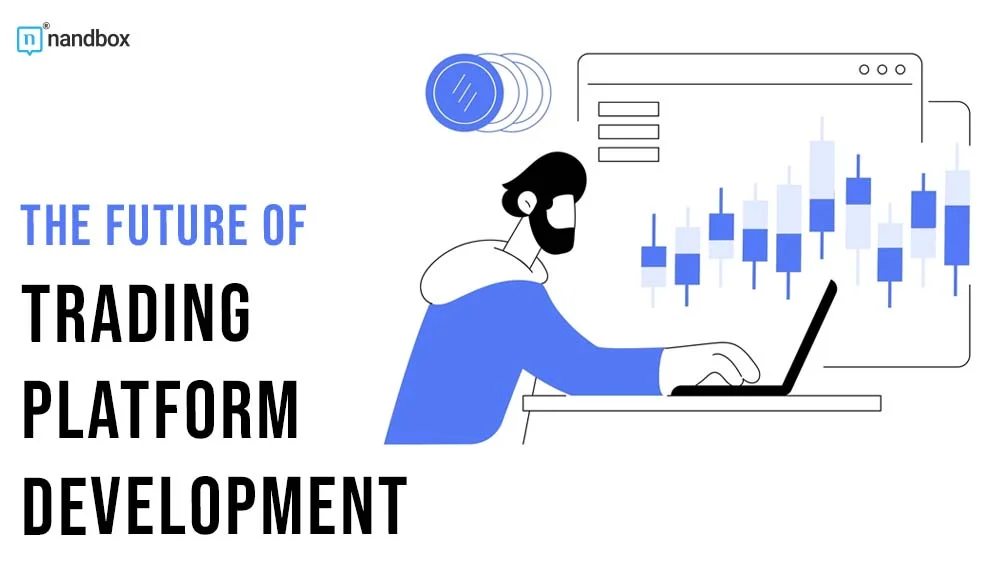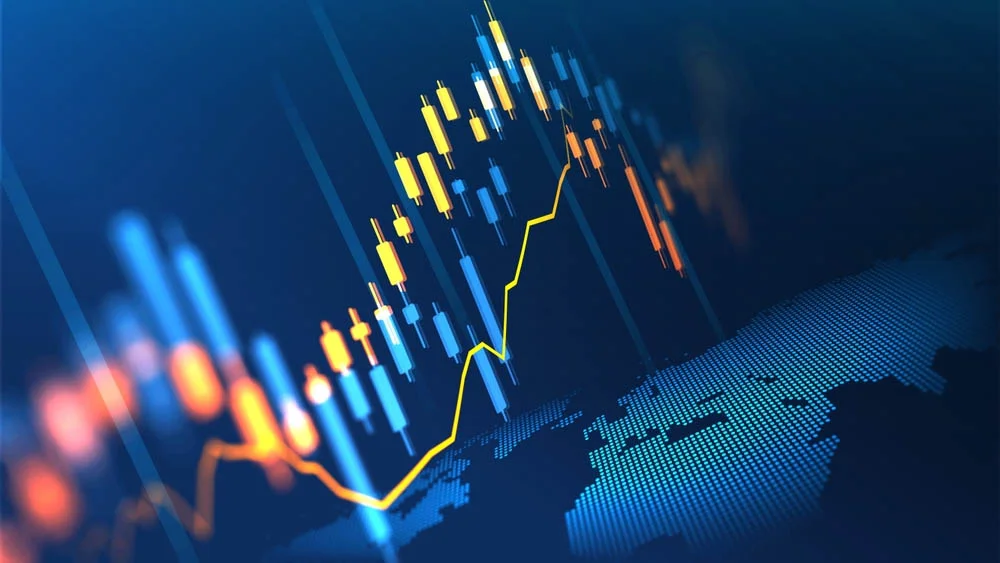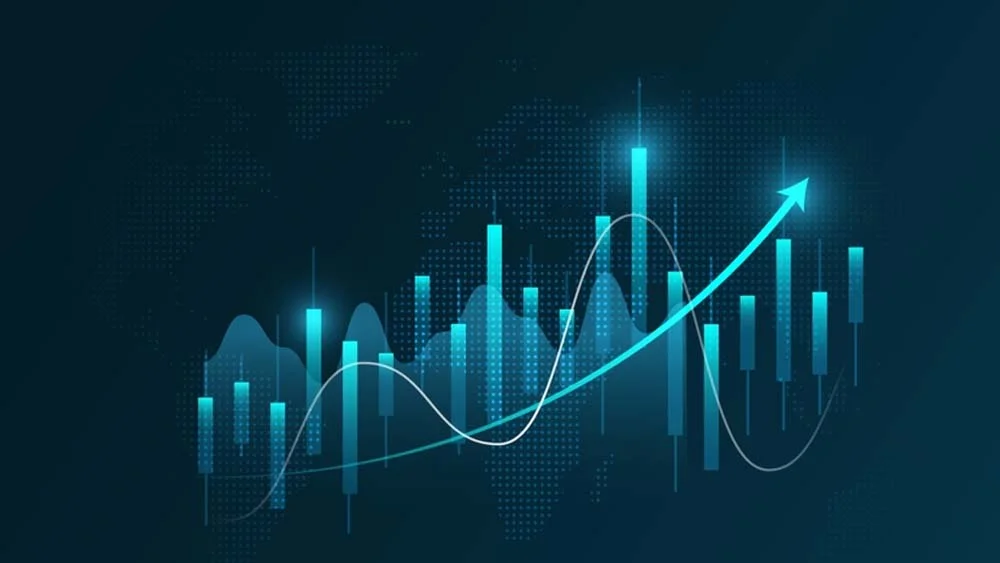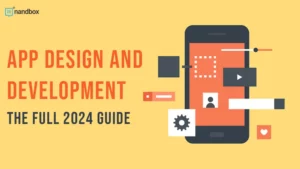If there is one bright point, or rather highlight, in the development of finance and technology in the modern world, it is the creation of trading platforms. With the increasing demand for speed, efficiency, and security in trading platforms today. Investors are in dire need of superior tools to make more informed decisions. Be it stock exchanges or crypto exchanges, trading platform technology has to pace up with innovative strides so that both the retail and institutional traders can avail the best functionality.
2024 is going to be a year of great change in how trading platforms are designed and developed. Trading platforms are turning into intelligent systems processing a huge amount of data and interactively providing personalized insights, given the inclusion of AI, blockchain. And machine learning in the stack of financial technology. But what exactly does the future hold for the development of trading platforms?
Trading Platform Development: Where We Stand
Today’s trading platform development involves more than just creating a functional user interface for buying and selling assets.It implies an integrated approach: using data analytics, ensuring security protocols, and executing trades in real time. The developers have to focus on the speed, reliability, and most importantly, scalability. As these platforms need to withstand continuous increasing volumes of traffic and transactions.
In the future, trading platforms are foreseen as being even more accessible, affordable, and user-friendly. Developers will have to provide an interface that would meet the functional requirements of professional traders and beginners alike. Thus making the platform entertaining and educational at the same time.
Moreover, the development teams are implementing advanced security features in the financial systems. Since the number of cyber threats and hacks targeted at financial platforms has risen, the development teams work harder than ever to make systems resistant to such attacks and assure protection over users’ assets and personal data.
How to Build a Trading Platform for the Future
So, how do you build a trading platform that stands out in this competitive market? It is not about writing code. An ecosystem needs to be built that supports all facets of modern trading. First of all, one needs clarity on the market as well as the users. The types of assets that are to be moved- what are they? The users-who are they? Will it be an individual investor or hedge funds, or is it going to be a mix of both?
After targeting the audience, the next step will be designing what kind of platform will be able to host their needs, in particular. The real-time data analysis, advanced charting tools, portfolio management. And risk assessment tools are no longer optional; they’re expected. A robust backend will be demanded to ensure seamless data exchange, high availability, and low latency-critical in trading success.
All in all, integration with AI and machine learning has already become a key point in building up a trading platform that should provide predictive analytics. Personalized trading strategies, and automated decision-making. These technologies allow these platforms to process large volumes of information in such a way that uncovers. For traders, insights that would otherwise be impossible to deduce manually. Whether with trading bots, automated alerts, or AI-driven insights, this is how technology will continue to shape the future of trading.
Finally, there is always one aspect that must be remembered-compliance and regulation. The financial platforms need to strictly comply with the law and securely store and transmit all data of users. Data protection features compliant with GDPR must be integrated, embedding regulatory frameworks in every phase of development.
Developing a Trading Platform: Trends to Watch
The following are some of the trends related to the development of trading which gain much attention: Trend number one-the focus on the mobile-first platform. Because of such interest in mobile trading. Most of the developers are focusing on ensuring that the trading platform becomes responsive and mobile-friendly. The future of trading is in the palm of your hand, whereby users expect the same powerful features on mobile as they get on desktop platforms.
The other trend in the future of trading platform development is the growth of decentralized exchanges. Or DEXs, within the crypto world. One of the core technologies driving DEXs is blockchain technology. Which really revolutionizes how trading is done by taking away the need for intermediaries. The concept of this kind of decentralization finds resonance not only in the crypto world but also in other asset classes because, among many other good things, it effectively offers security and privacy for traders at lower costs.
Besides, it’s all about customization. Traders see one-size-fits-all platforms as inadequate. They want the possibility of shaping and molding the trading experience to fit their particular style and objectives. Developers are increasingly building modular functionality into the platforms whereby users can select the appropriate tools and features according to what they want and need. The focus is on personalization.
In the future, trading platforms will only have increased reliance on deep analytics, insights that traders can have to make better decisions. Big data, machine learning, and AI would, therefore, allow the platforms to predict market trends and create a competitive edge for users in fast-moving markets. It’s not about access to data; it has to do with making the data usable.
Conclusion
The future of trading platform development looks bright. With the field being in flux-from an increased integration of AI and blockchain to a rise in mobile-first solutions and decentralized exchanges. Developers will be building platforms that are not just fast and secure but also customizable and accessible to satisfy the changing market demand from traders.
In the future, building a trading platform will have to take into consideration even more paramount issues of user experience, scalability, and compliance. The financial technologies are becoming increasingly complicated. At the same time, their use needs to be effortless. The platforms that will make their way to the top will be those which will combine state-of-the-art technology with user-friendly interfaces that will provide both professional and beginning traders with exactly what they need to prosper in an ever-changing financial world.
For companies that wish to create or enhance a trading platform. Staying ahead of the trends will be paramount. The digital transformation of finance is well underway, and only those platforms that continue to innovate will thrive in the competitive landscape of tomorrow.







